Changed demographics and the onward march of the motorway network have seen the commercial life drain out of some towns and villages throughout Ireland. The challenge for planners is not one of keeping people there at night but having people there at all.
The silver lining to this dark commercial cloud is the opportunity it represents for hard-pressed househunters who are prepared to live in the shop rather than over it. While not every commercial premises is suitable for conversion to residential use many of them are and this has led to a growing restoration trend in main streets around the country.
Andy Donoghue of Hodnett Forde Property Services has just sold a former Health Service Executive health centre on the seafront in Baltimore village in west Cork. Boasting spectacular views across the harbour to Sherkin and Cape Clear islands it fetched €270,000 at auction, more than twice the guide of €130,000. "Interest in that property was huge," he says. "People have to look outside the box now when they are looking for homes, especially in coastal areas where commercial properties are being snapped up by people looking to convert them from retail use."
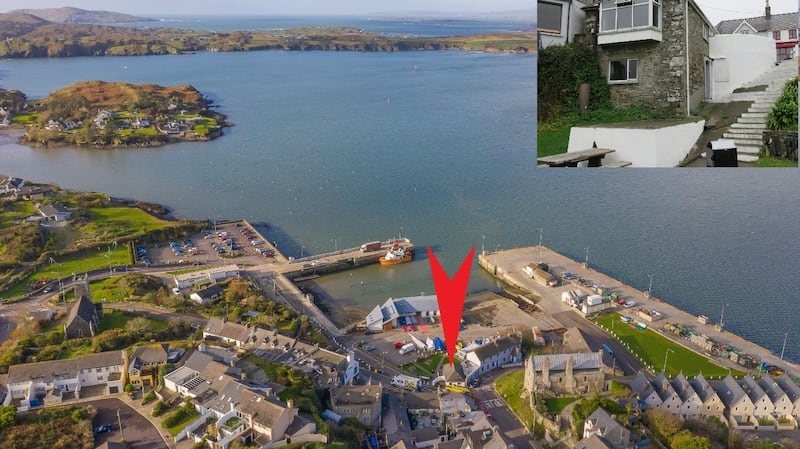
The Baltimore property was in need of complete refurbishment. “It’s a stone building of 800sq ft over two floors,” Donoghue notes. “Everything from the walls in will have to be restored but the €270,000 price still made it very attractive even with the cost of conversion. We are definitely seeing a trend in coastal and other areas of people purchasing commercial properties and returning them to residential use.”
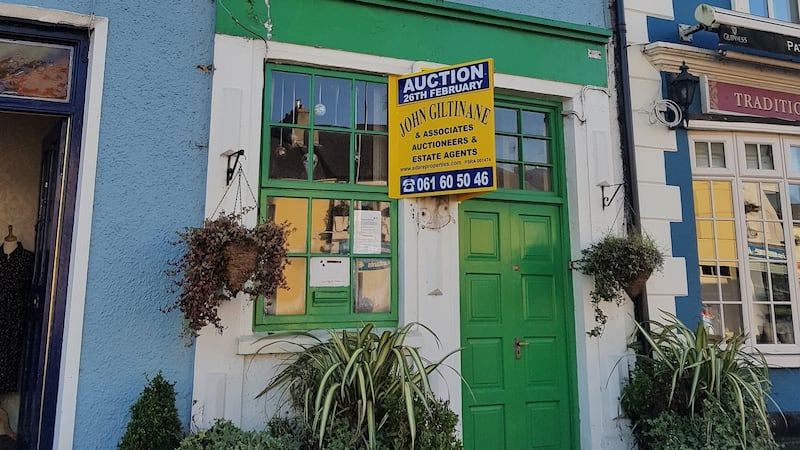
In Dublin, a small commercial property in Ballsbridge property which has just come to the market is also like to be converted as a home. Number 12 Sussex Road, opposite the Mespil Flats, is better known to locals as Dermot Wallace's vintage and classic cars showroom but it is now for sale with full planning permission to demolish it and build a three storey dwelling.
Estate agent Martin O'Mahony says he has been surprised at the level of interest in the property with more than a dozen calls on the first morning with most of them inquiring about residential usage. And the €495,000 asking price was no deterrent. "If you are looking for site to build a new home smack, bang in the middle of Dublin 4 there are not too many available", says O'Mahony. "Sites like this are few and far between and that is reflected in the strong interest."
Meanwhile, in Co Limerick, another interesting commercial property, which is going to auction on Wednesday, February 26th, is the old post office in Adare.
"It's 1,000sq ft over three floors with the former post office at the front and a kitchen at the rear on the ground floor," says auctioneer John Giltinane. "There is room for a sitting room and a couple of bedrooms and bathrooms above. It will suit people who want a bolthole in Adare, and we've had plenty of viewers. The post office area could make a nice large sitting room with a small hallway to the front. It's ready to walk into and live in." The AMV (advised minimum value) is €350,000.
Planning
There is just one problem with the Adare and Baltimore properties and many other similar premises around the country: they require planning permission for change of use from commercial to residential. This can present difficulties depending on the local authority involved.
The reasons vary. In some cases, councils are loath to grant change-of-use permission as it will mean a loss of rates revenue from the building in question. In others, the issue is a desire to preserve the character of a street or area. And in others still, the county or city development plan may preclude residential development in that location.
Architect Mark Monaghan has been involved in a number of successful conversion projects over the years and says they may not suit everyone. "The client has to be pretty ambitious and not really looking for a standard home. If you want to convert a commercial building to apartments you have to get a fire safety certificate, disability access certificate and so on. If you go for a single house, you just have to convince the planners that it [the building] could be used for a house."
But the process of convincing the planners may not be that straightforward. To begin with, the property has to be in an area that is zoned for residential or at least mixed use. If not, the planners’ hands are effectively tied, and usually the only real option is to seek what is known as a material contravention of the development plan – a long and involved process requiring a vote of the council.
Monaghan was involved in a conversion of a former electrical shop in Wellington Street in Dún Laoghaire on Dublin’s southside to a house. “The shop was located one in from the corner with a shop on one side and houses on the other,” he says. “That made it easier for Dún Laoghaire-Rathdown County Council to grant change-of-use permission as it was just extending the residential part of the street. Also, it was in pretty run-down condition and spoiling the look of the street.
“It would have been very different if it had been in the middle of a row of shops or other commercial buildings,” he adds. “Dún Laoghaire is having a lot of problems attracting retail as it is, and the council doesn’t want to make that any worse. They have to take these things on a case by case basis. I wouldn’t see every shop as a candidate for conversion.”
Another obstacle faced in that particular instance was a stipulation in the lease that the property had to be used for commercial purposes. That led to the new owner buying out the ground rent in order to remove the lease.
Ian Chandler of Lisney auctioneers sees something of a trend emerging in Dún Laoghaire. "We have seen a lot of commercial buildings converted back to residential use," he says. "Anything that was originally a house and was later converted into a solicitor's office or doctor's surgery is suitable. We have seen several examples on Mulgrave Street and Lower George's Street. There is no real resistance to this from the council, especially if the property is on a residential street."
That trend was certainly in evidence in the sale of a former workshop building on a 3,600sq ft site on Carysfort Avenue in Blackrock also in south Dublin for €475,000. “It is more of a site really,” says Chandler. “Everything there will have to be knocked down. The site is being repurposed for residential.”
In many cases, properties originally built as residential and later converted to commercial do not actually require change-of-use permission. This is worth checking out before proceeding with an offer.
In any case, Chandler says vendors usually seek change-of-use permission before putting the property up for sale. “There isn’t the value there for commercial property in Dún Laoghaire. It also means the buyer pays 1 per cent stamp duty instead of 7.5 per cent.”
Donoghue believes planning shouldn't present a problem for the Baltimore property. "It doesn't seem to be too difficult to get change of use. We are hopeful that the council will look favourably on it. Cork City Council were incentivising people through the Living City Initiative to come back in and that proved successful."
That’s also the case for Adare, according to Giltinane. “The problem with Adare is that there is so much tourism here that everyone in the Main Street wants to turn buildings into commercial premises,” he says. “The council is very amenable to any proposals which will see people staying in the street. That’s a bit different to most other places. If you go outside Dublin to the five counties around, you will see so much commercial space boarded up. You would imagine they would be available for residential use as having people living in them will create business for the towns.”
But it really is horses for courses, says Monaghan. “Something has to be done where towns have been bypassed and shops are closing down and so on. At the same time, councils are kind of giving up on a town if they allow whole streets to return to residential. It’s difficult.”
Levies
He also has a cautionary tale of what can happen when a client does succeed in getting permission. “In one case in Drumcondra the client was converting a former doctor’s surgery on the ground floor to residential use. The council granted permission but imposed a development levy at the same rate per square metre as if they were building a new house. That was a cost the owners hadn’t considered.”
With Dublin City Council Development Contribution Scheme levies currently running at €92.10 per sq m for residential developments, that could add up to a bill of about €6,500 for the ground floor of a fairly standard semi-detached house.
On the other hand, the fee for the change of use planning permission itself is a standard €65 per house. But that is a process that should be handled by an architect and there are costs involved there.
According to Monaghan those fees are normally calculated as a proportion of the overall project cost. “If a conversion project is costing €200,000 and the architect’s fee is 10 per cent of that, 45 per cent of that €20,000 fee might be related to planning costs,” he advises. That includes pre-application consultations with the planners and so on.
In other words, budget up to 5 per cent of the project cost for planning-related fees.
Despite the obstacles and the potential headaches and additional costs, with residential property in short supply a commercial conversion is worth considering.
From shop to showroom: Five potential conversions
CORNER CLINIC
€549,950
Agent Finnegan Menton
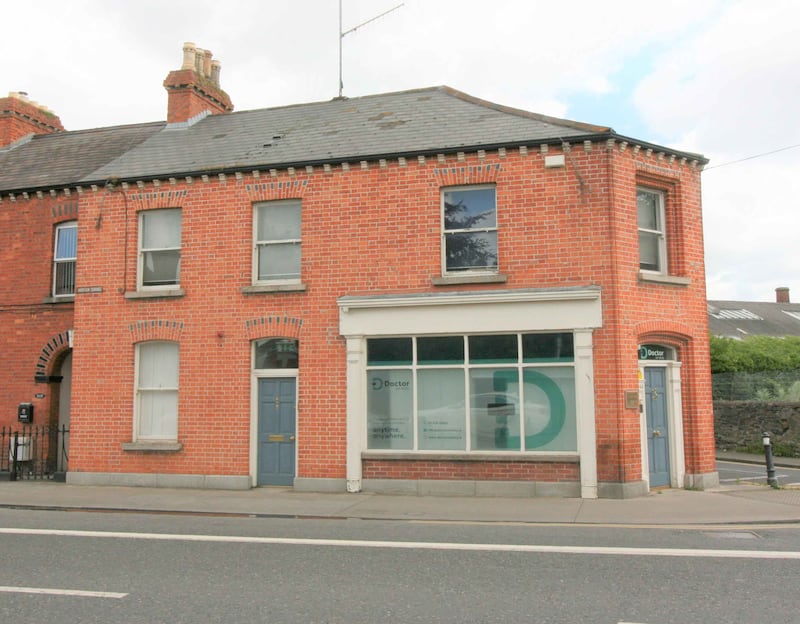
A former medical clinic at 344 South Circular Road in Dublin 8. With some reconfiguration and upgrading, the 200sq m end of terrace building offers real potential for conversion to a period home. Planning permission will be required to change it to residential use.
D4 SHOWROOM
€495,000
Agent Property Team O'Mahony Auctioneers
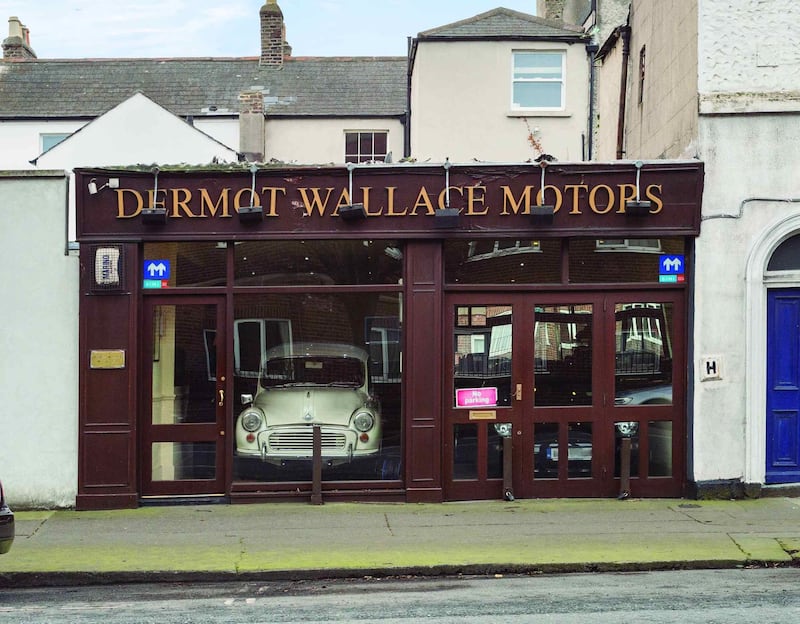
Number 12 Sussex Road, off Upper Leeson Street, has been a showroom for classic cars for nearly 40 years. The 90sq m premises is for sale with planning permission to convert it to a house.
VINTAGE SHOP
€295,000
Agent Farrell Auctioneers
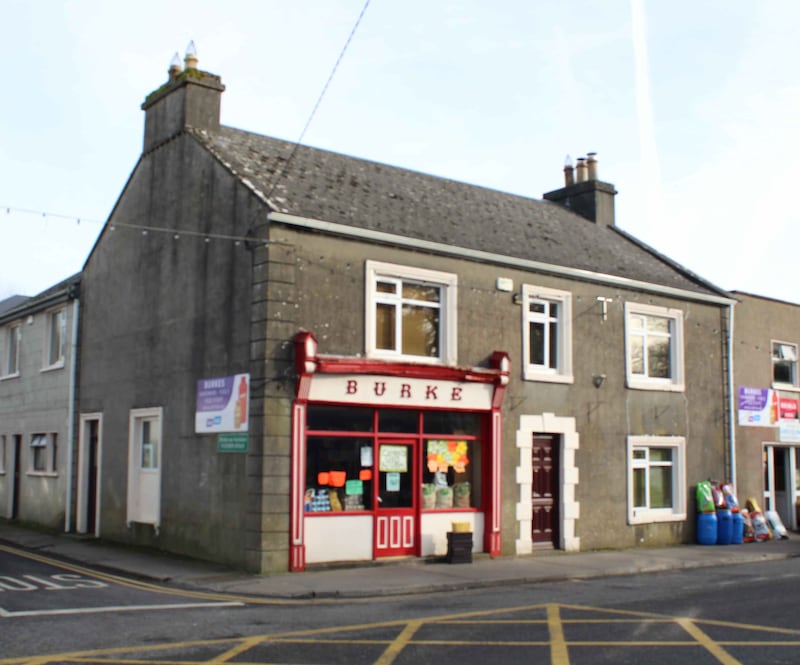
Built in 1855, Burke's on George's Street in Gort, Co Galway is a classic postcard of an Irish market town. The bar licence has been sold and there is a preservation order on the shop front. Living space upstairs and sheds to the rear.
A SHOP ON MAIN STREET
€295,000
Agent Vincent Finnegan
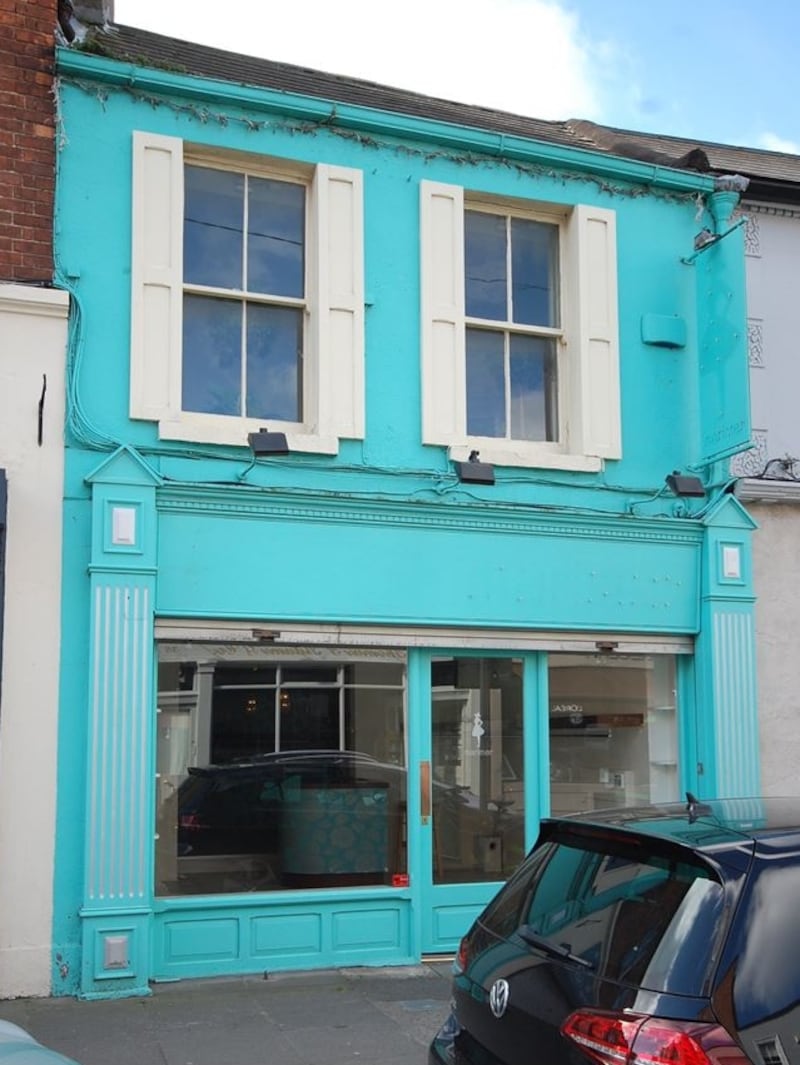
This neat two storey terraced building at 47 Main Street in Blackrock, Dublin, is on the quiet section of the street. The turquoise painted frontage gives way to an interior of about 58sq m, that includes the ground floor shop and an airy first floor room with fireplace. Could function well as a live/work space.
DANCE HALL
€375,000
Agent SherryFitzGerald Crowley
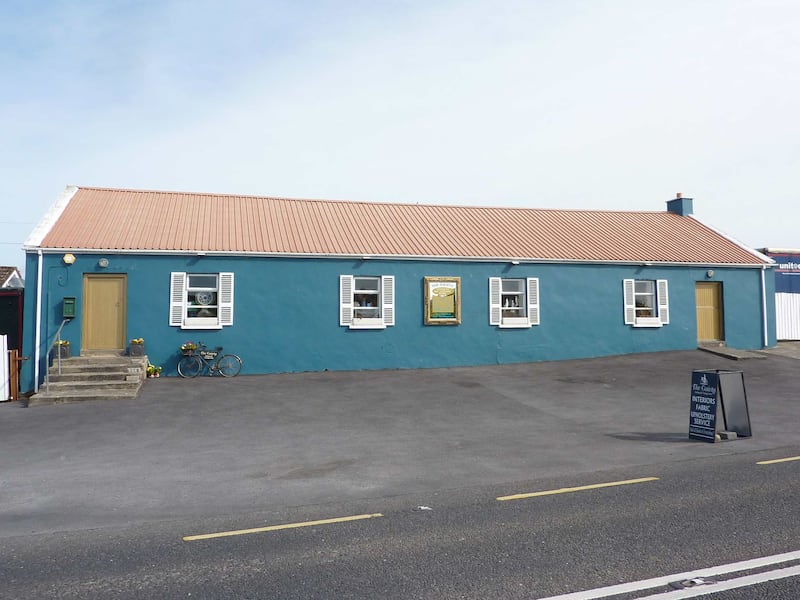
About three and half miles beyond Westport, The Gaiety was a dance hall and then a furniture business. The 1930s long house has a corrugated metal roof. The dance hall floor remains in situ.










